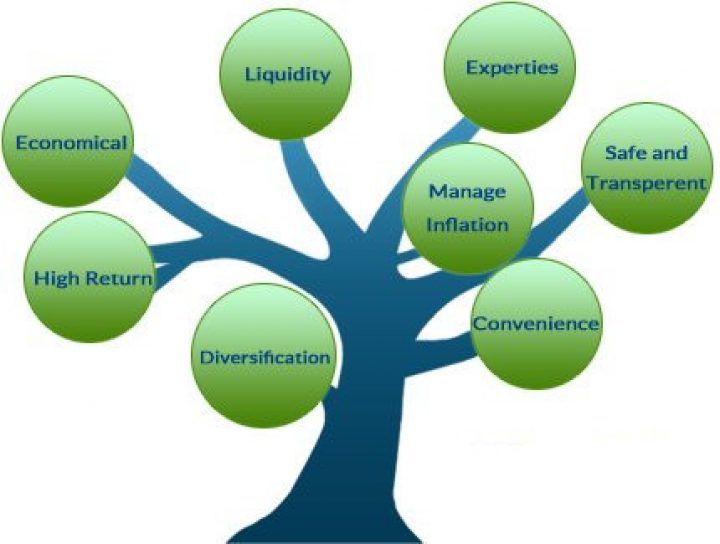
Global Economy
- 02.02.2013
- Indian Stock Market
- 0
China’s vast factory sector managed only a shallow rebound at the start of 2013 and manufacturing in the euro zone remained weak, although there the worst may be over, a clutch of surveys suggested on Friday.
 Markit’s purchasing managers’ indexes, which cover thousands of factories, pointed to a still slow global economy and data due later on Friday from the United States was expected to show a slight easing of growth in the world’s biggest economy.
Markit’s purchasing managers’ indexes, which cover thousands of factories, pointed to a still slow global economy and data due later on Friday from the United States was expected to show a slight easing of growth in the world’s biggest economy.
“The general sense, if you look at what it is in the pipeline, is that we will be getting a little bit more activity in the months to come,” said Peter Dixon, economist at Commerzbank.
“The Chinese economy does appear to be gaining a bit of traction but not a huge amount (and) the euro zone numbers tell us the economy remains stuck in low gear.”
The output index, which feeds into a broader gauge of the economy, the composite PMI, due next Tuesday, rose to a 10-month high of 48.7 from December’s 46.0. That was the biggest one-month jump in a year. Financial markets reacted positively to the data with stock markets extending gains and the euro rising broadly.
The uneven nature of the recovery on factory floors was repeated in PMI releases across Asia and Europe. Surveys showed growth slowed in India and stalled in South Korea while Britain’s expanded modestly.
The crisis-hit euro zone appears to be stabilising, however. Factories in the common currency area had their best month in nearly a year as an improving outlook in Germany offered support amid signs the worst may be over for the troubled bloc.
Two separate versions of China’s PMI pointed to rising factory output in the world’s second-biggest economy, but the pace of the revival in activity in January was uneven.
“Chinese manufacturers received support from robust domestic demand, but were struck by the lacklustre demand from its two main export destinations, Europe and the U.S.,” said Nikolaus Keis, an economist at UniCredit.
The U.S. economy unexpectedly contracted in the fourth quarter, according to the advance estimate, although many analysts said there was no reason for panic given that consumer spending and business investment picked up.
The euro zone economy also probably contracted, by 0.4 percent at the end of last year, chalking up its third negative quarter, and will only stagnate in the current period, according to a Reuters poll published last month.
In January the euro zone PMI rose to an 11-month high of 47.9 from December’s 46.1, pointing to a continued decline in activity but suggesting the downturn in manufacturing output – which fell for most of last year – has passed its nadir.
 The output index, which feeds into a broader gauge of the economy, the composite PMI, due next Tuesday, rose to a 10-month high of 48.7 from December’s 46.0. That was the biggest one-month jump in a year. Financial markets reacted positively to the data with stocks extending gains and the euro rising broadly.
The output index, which feeds into a broader gauge of the economy, the composite PMI, due next Tuesday, rose to a 10-month high of 48.7 from December’s 46.0. That was the biggest one-month jump in a year. Financial markets reacted positively to the data with stocks extending gains and the euro rising broadly.
“While still in contraction territory, the manufacturing PMIs signal that upward momentum is spreading and the pace of contraction in euro zone output is slowing,” said Evelyn Herrmann, European economist at BNP Paribas.
Categories: Indian share market, Indian Stock exchange, Indian Stock Market, Stock Market
Comments
Sorry, comments are closed for this item.
